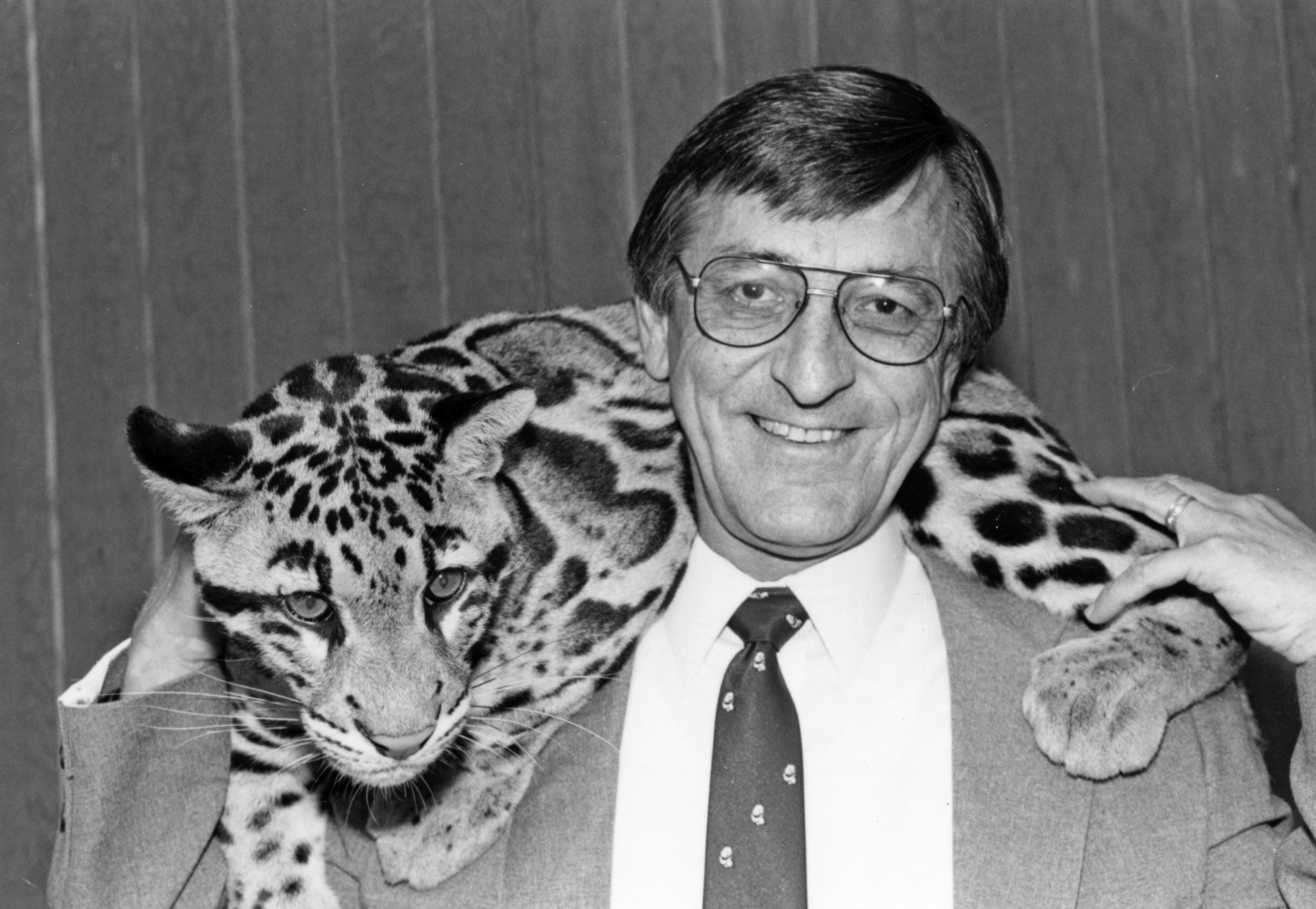Dr. Werner Heuschele: CRES Director
When three-year-old Werner Heuschle traveled with his mother from Germany to join his father in the U.S., a fellow shipboard passenger asked him what he wanted to be when he grew up. “A lion doctor,” he earnestly replied. From an early age, he knew how to pursue what was important. Growing up in San Diego, he went to the Zoo often, and in seventh grade he began to pester Belle Benchley for a job. “You’re too young, come back and see me when you’re older,” she would tell him. He did—as a freshman at San Diego State University, he got a job as a bus driver at the Zoo. Then after earning his Doctor of Veterinary Medicine degree at the University of California at Davis, he returned again to the San Diego Zoo, and was hired as veterinarian—a doctor to lions.
Dr. Heuschle’s career took him away from San Diego for 20 years, during which he developed his specialties in veterinary science, medical microbiology, virology, immunology, and the study of animal diseases in Africa. It all came together to pull him back to San Diego in 1981, when he came to work for the Center for Reproduction of Endangered Species (CRES) as microbiologist and virologist. When Dr. Kurt Benirschke left the position of research director to join the board of trustees, a search for a new director led to the scientist whose whole life had apparently been leading up to this point, and Dr. Heuschele became research director of CRES in 1986. Now he was not only a doctor for lions, but tigers and bears too—not to mention California condors, leopards, cheetahs, gorillas, rhinos, and many more endangered species.
